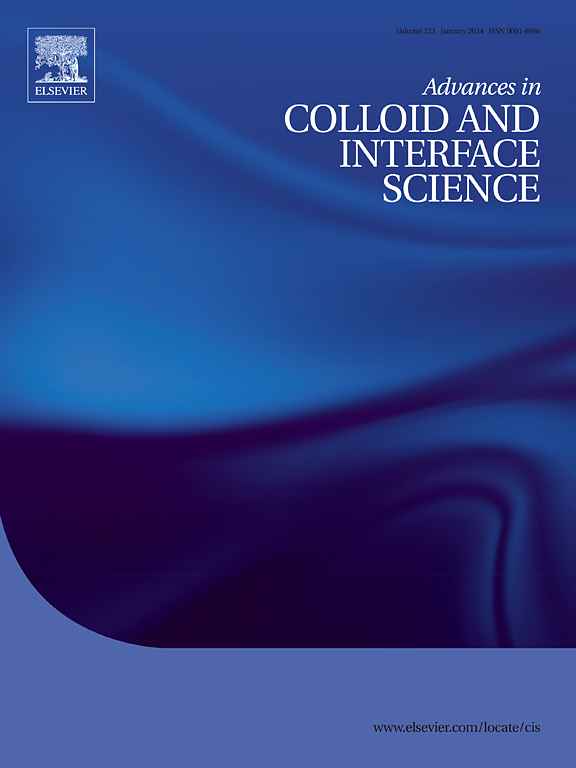Biohybrid nano-platforms manifesting effective cancer therapy: Fabrication, characterization, challenges and clinical perspective
IF 15.9
1区 化学
Q1 CHEMISTRY, PHYSICAL
引用次数: 0
Abstract
Nanotechnology-based delivery systems have brought a paradigm shift in the management of cancer. However, the main obstacles to nanocarrier-based delivery are their limited circulation duration, excessive immune clearance, inefficiency in interacting effectively in a biological context and overcoming biological barriers. This demands effective engineering of nanocarriers to achieve maximum efficacy. Nanocarriers can be maneuvered with biological components to acquire biological identity for further regulating their biodistribution and cell-to-cell cross-talk. Thus, the integration of synthetic and biological components to deliver therapeutic cargo is called a biohybrid delivery system. These delivery systems possess the advantage of synthetic nanocarriers, such as high drug loading, engineerable surface, reproducibility, adequate communication and immune evasion ability of biological constituents. The biohybrid delivery vectors offer an excellent opportunity to harness the synergistic properties of the best entities of the two worlds for improved therapeutic outputs. The major spotlights of this review are different biological components, synthetic counterparts of biohybrid nanocarriers, recent advances in hybridization techniques, and the design of biohybrid delivery systems for cancer therapy. Moreover, this review provides an overview of biohybrid systems with therapeutic and diagnostic applications. In a nutshell, this article summarizes the advantages and limitations of various biohybrid nano-platforms, their clinical potential and future directions for successful translation in cancer management.

体现有效癌症治疗的生物杂化纳米平台:制造、表征、挑战和临床视角。
以纳米技术为基础的给药系统为癌症治疗带来了模式转变。然而,纳米载体给药的主要障碍在于其有限的循环时间、过高的免疫清除率、无法在生物环境中有效互动以及无法克服生物障碍。这就要求对纳米载体进行有效的工程设计,以实现最大疗效。纳米载体可与生物成分结合,获得生物特性,从而进一步调节其生物分布和细胞间的相互作用。因此,将合成成分与生物成分结合起来输送治疗药物的方法被称为生物混合输送系统。这些递送系统具有合成纳米载体的优势,如药物负载量高、表面可工程化、可重复性、生物成分的充分交流和免疫逃避能力。生物杂交给药载体提供了一个极好的机会,利用两个世界最佳实体的协同特性来提高治疗效果。本综述的主要亮点是不同的生物成分、生物杂交纳米载体的合成对应物、杂交技术的最新进展以及用于癌症治疗的生物杂交给药系统的设计。此外,本综述还概述了生物杂交系统在治疗和诊断方面的应用。总之,本文总结了各种生物杂化纳米平台的优势和局限性、其临床潜力以及成功应用于癌症治疗的未来方向。
本文章由计算机程序翻译,如有差异,请以英文原文为准。
求助全文
约1分钟内获得全文
求助全文
来源期刊
CiteScore
28.50
自引率
2.60%
发文量
175
审稿时长
31 days
期刊介绍:
"Advances in Colloid and Interface Science" is an international journal that focuses on experimental and theoretical developments in interfacial and colloidal phenomena. The journal covers a wide range of disciplines including biology, chemistry, physics, and technology.
The journal accepts review articles on any topic within the scope of colloid and interface science. These articles should provide an in-depth analysis of the subject matter, offering a critical review of the current state of the field. The author's informed opinion on the topic should also be included. The manuscript should compare and contrast ideas found in the reviewed literature and address the limitations of these ideas.
Typically, the articles published in this journal are written by recognized experts in the field.

 求助内容:
求助内容: 应助结果提醒方式:
应助结果提醒方式:


